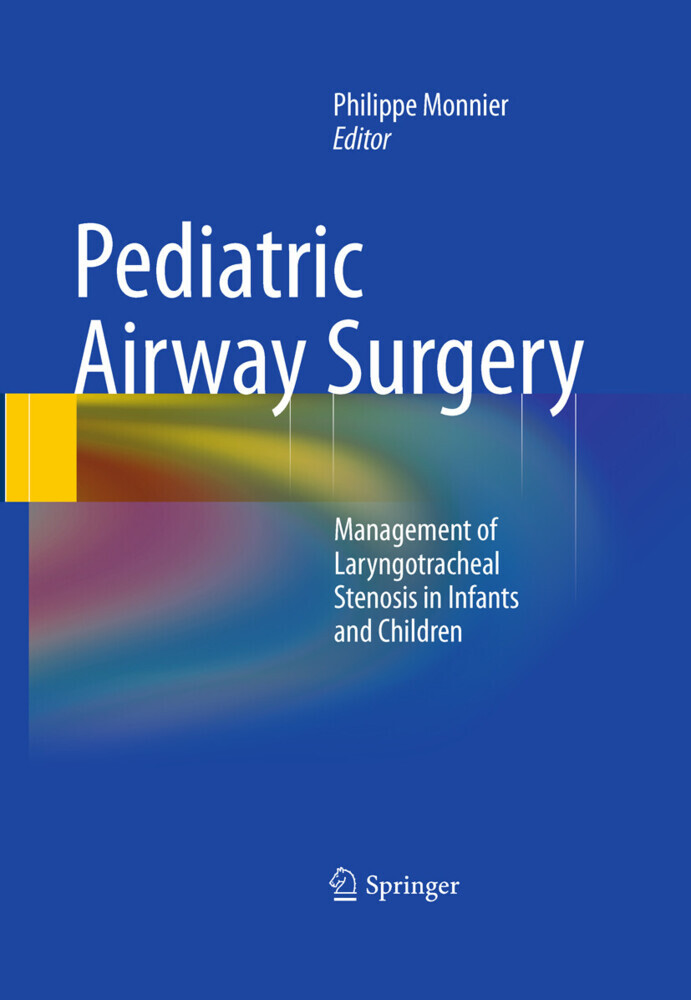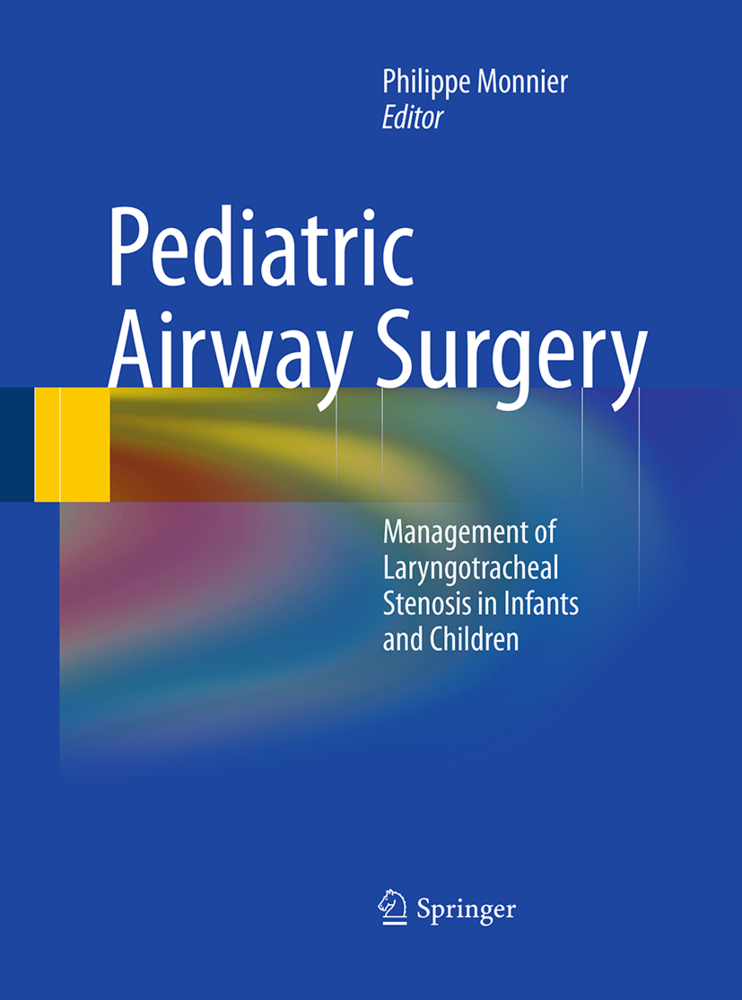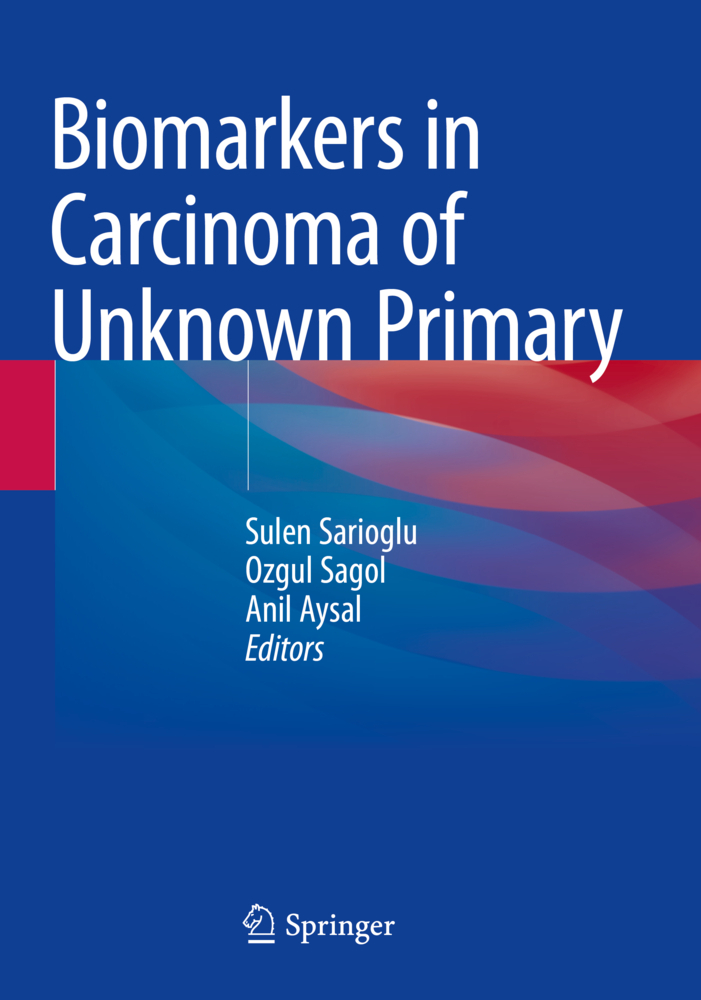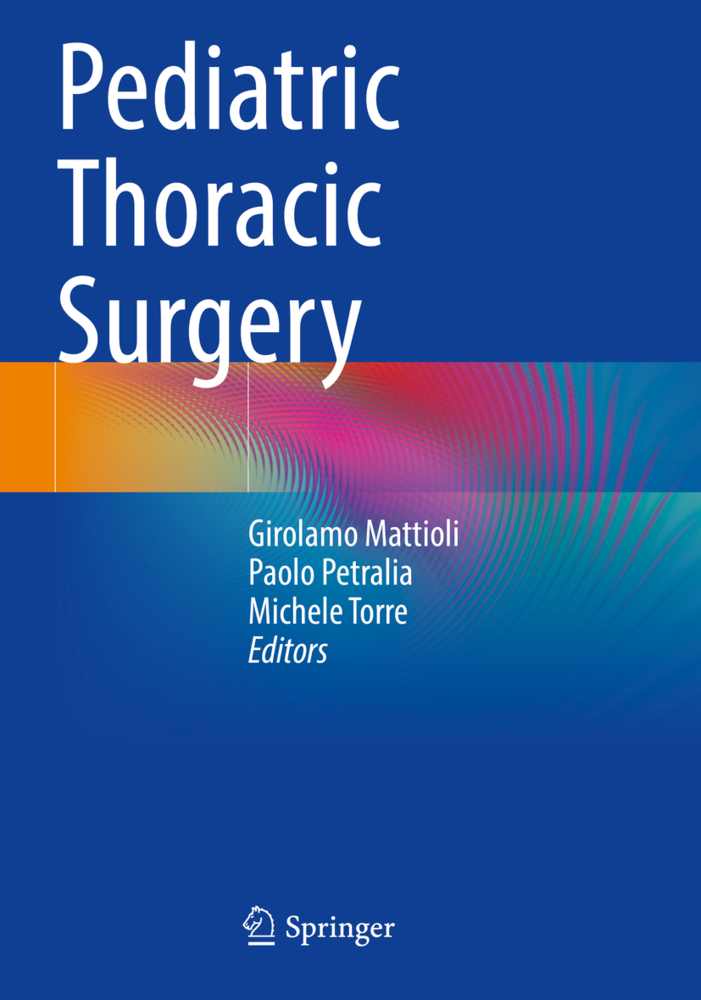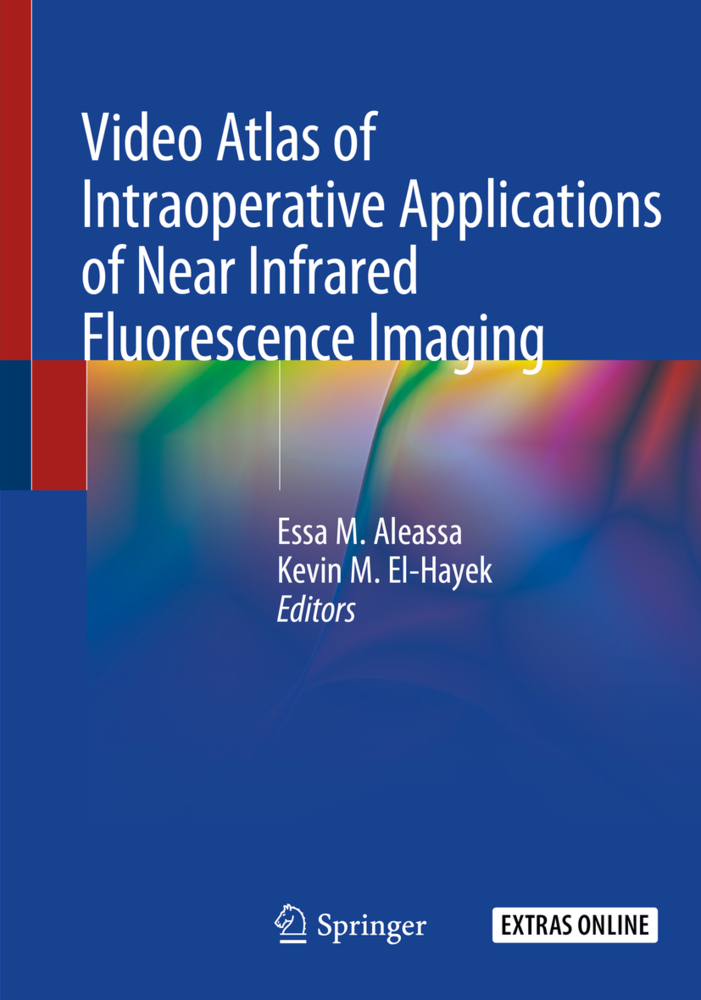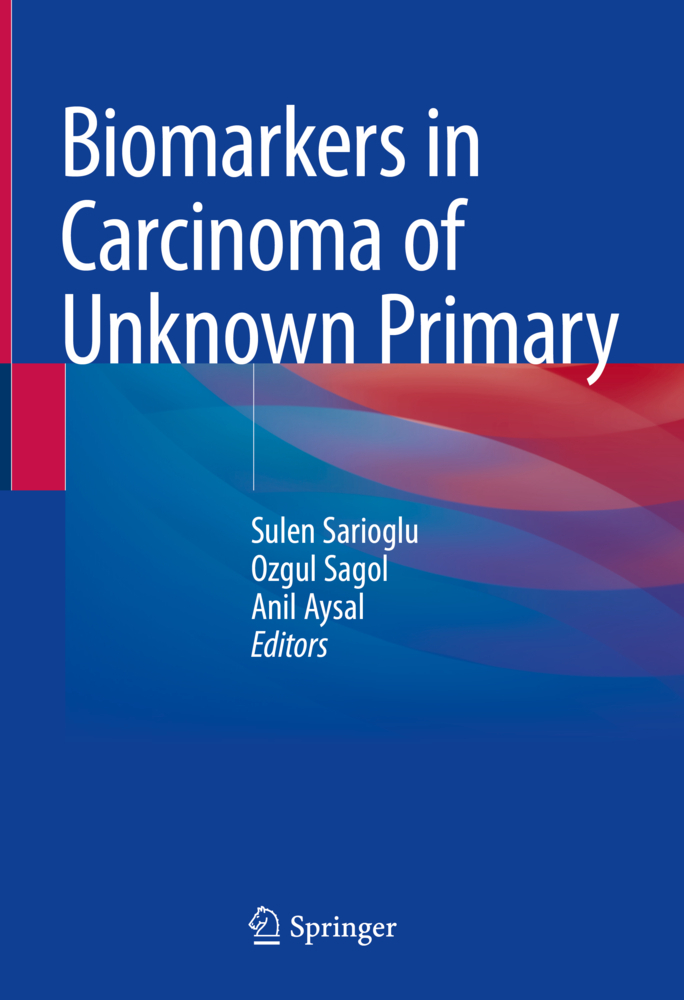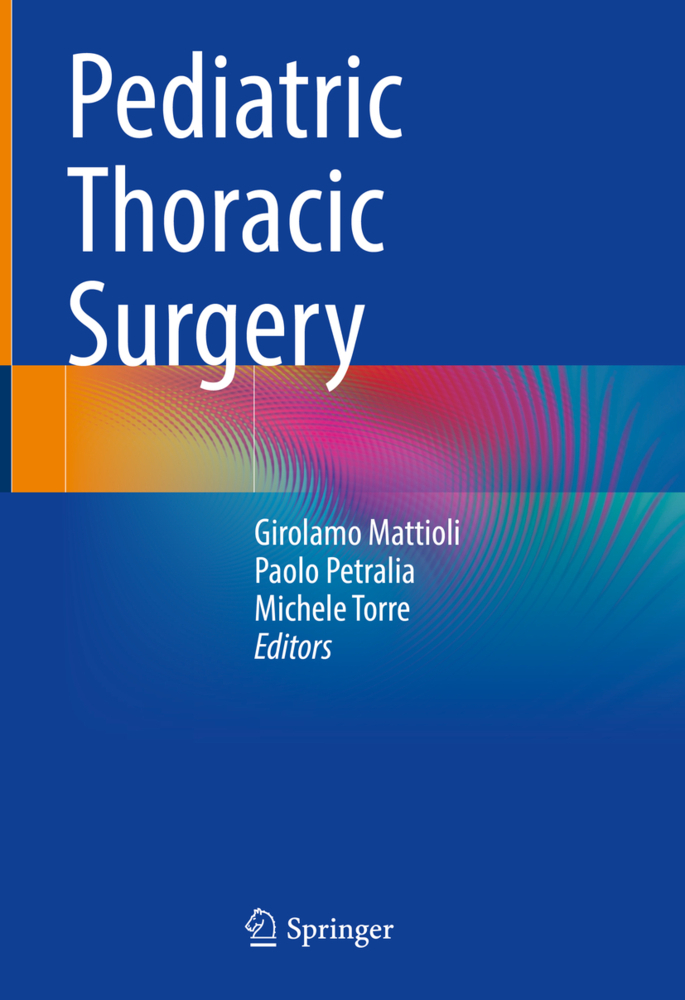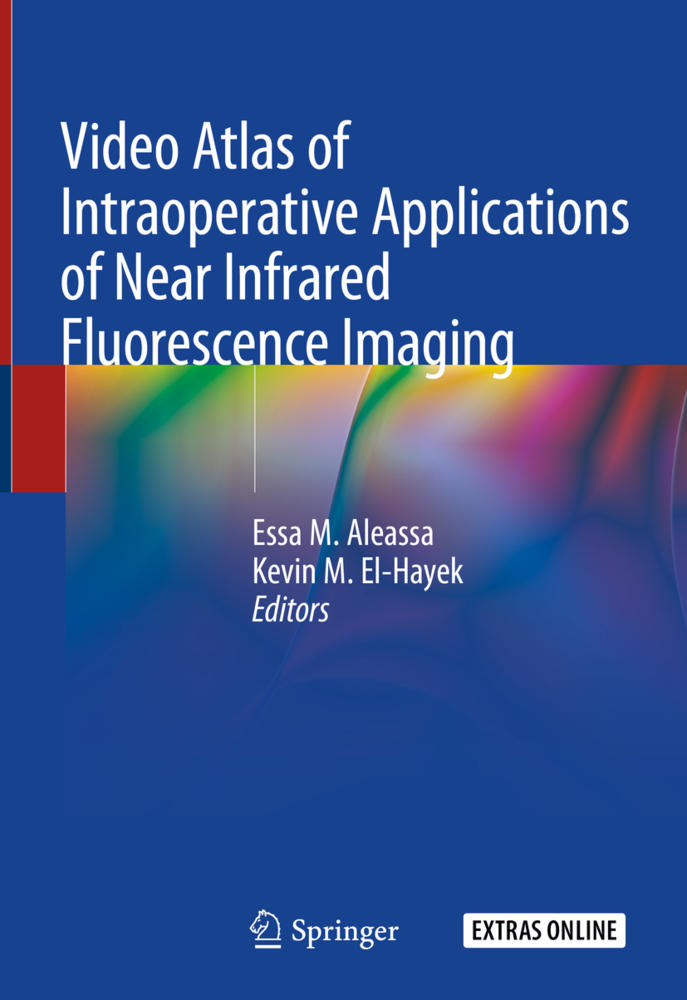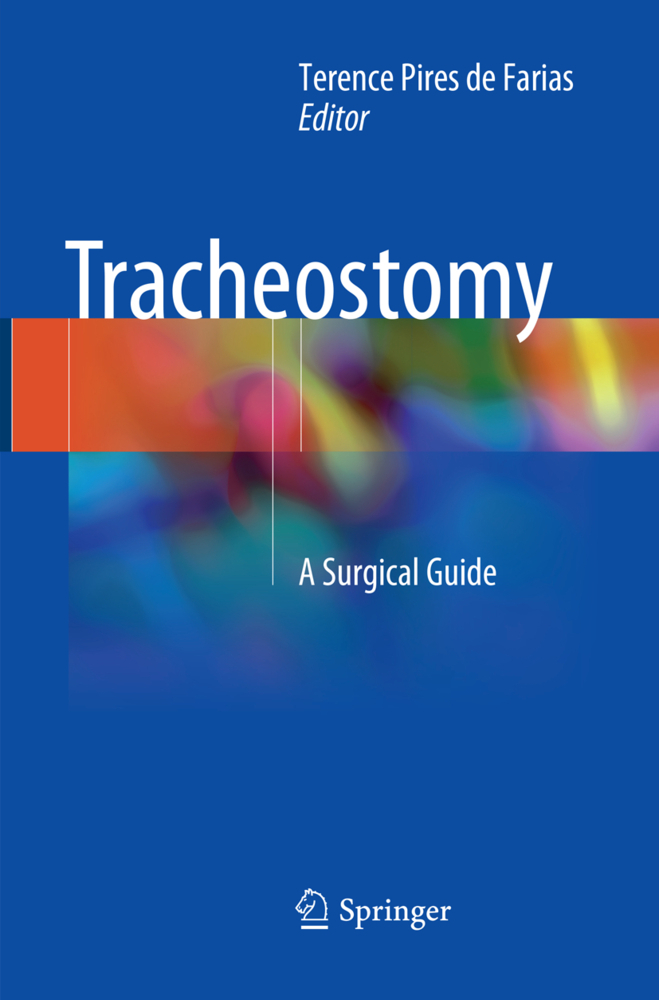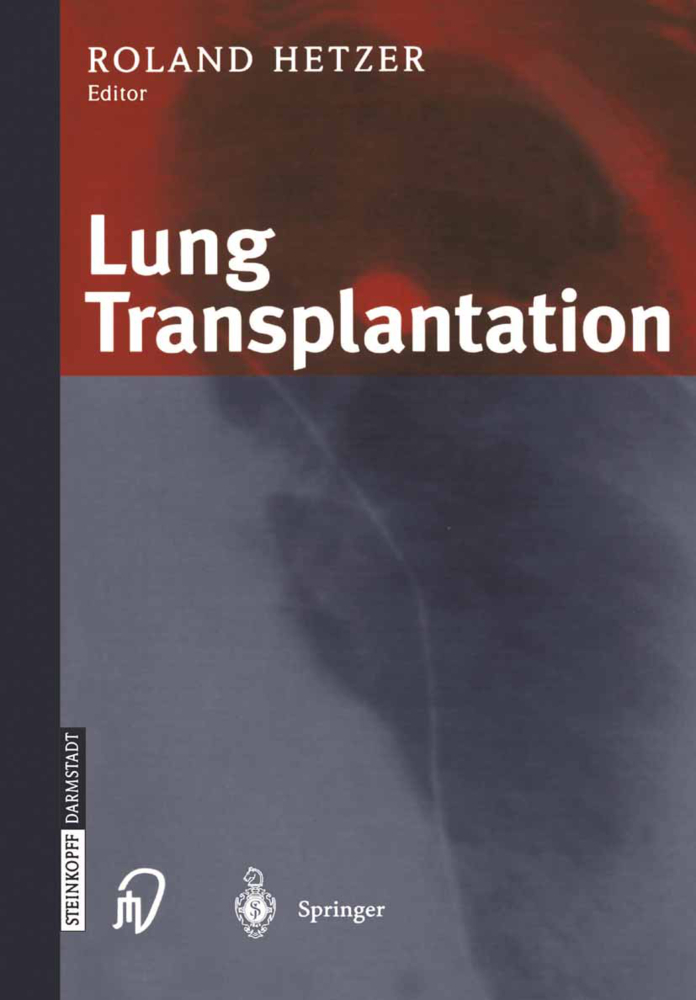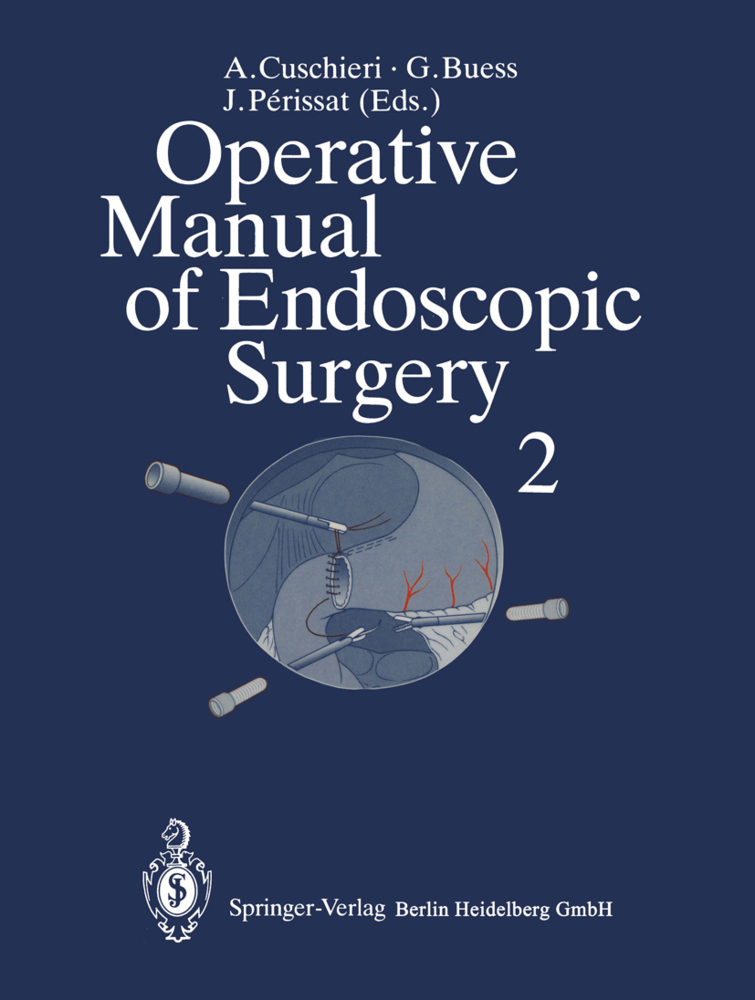Pediatric Airway Surgery
Management of Laryngotracheal Stenosis in Infants and Children
This book provides detailed insight into the difficult problem of pediatric airway management. Each chapter focuses on a particular condition in a very practical manner, describing diagnostic procedures and precisely explaining surgical options with the help of high-quality illustrations. Both established treatment modalities and new management concepts are considered in depth, and controversies relating to the most difficult airway reconstructions are discussed. To help the reader, boxes are included to summarize procedures and to list tips, tricks, and traps relevant to daily practice. The contributors to the book have all been directly involved in the management of children with airway disorders and write on the basis of their vast experience. Otolaryngologists, pediatric surgeons, and thoracic surgeons involved in the management of pediatric airway problems, and in particular airway stenosis, will find this book to be a treasure trove of invaluable information and guidance.
Since 1991, Professor Monnier is the Chairman and Head of the Otolaryngology, Head & Neck Surgery Department of the University Hospital CHUV in Lausanne, Switzerland.He is internationally recognized for the management of pediatric airway problems and is the pioneer of pediatric cricotracheal resection for the management of subglottic stenosis in infants and children. For the past 10 years he has given around 5 to 6 guest lectures each year to audiences around the world on this topic.
Since 1991, Professor Monnier is the Chairman and Head of the Otolaryngology, Head & Neck Surgery Department of the University Hospital CHUV in Lausanne, Switzerland.He is internationally recognized for the management of pediatric airway problems and is the pioneer of pediatric cricotracheal resection for the management of subglottic stenosis in infants and children. For the past 10 years he has given around 5 to 6 guest lectures each year to audiences around the world on this topic.
1;Pediatric Airway Surgery;2 1.1;Copyright Page;3 1.2;Dedication;4 1.3;Preface;5 1.4;Acknowledgments;6 1.5;Contents;7 1.6;Contributors;9 1.7;Abbreviations;10 1.8;Part I: Evaluation of the CompromisedPaediatric Airway;13 1.8.1;1: The Compromised Paediatric Airway: Challenges Facing Families and Physicians;14 1.8.1.1;References;16 1.8.2;2: Applied Surgical Anatomy of the Larynx and Trachea;18 1.8.2.1;2.1 Position of the Larynx and Trachea in the Neck;19 1.8.2.2;2.2 Laryngotracheal Framework(Fig. 2.4);20 1.8.2.3;2.3 The Larynx's Intrinsic Musculature (Fig. 2.7);22 1.8.2.4;2.4 Innervations of the Larynx (Fig. 2.9);23 1.8.2.5;2.5 Vascular Supply of the Larynx and the Trachea;25 1.8.2.6;2.6 Endoscopic Anatomy (Fig. 2.13);26 1.8.2.7;2.7 Morphometric Measurements of the Larynx and Trachea;27 1.8.2.7.1;2.7.1 Larynx Morphometry;27 1.8.2.7.1.1;2.7.1.1 Subglottic Luminal Diameter and Recommended ET-Tube Sizes;27 1.8.2.7.1.2;2.7.1.2 Cricoid Cartilage Diameter Compared to Recommended Sizes of Rigid Bronchoscopes;28 1.8.2.7.2;2.7.2 Trachea Morphometry;29 1.8.2.8;2.8 Laryngeal Stents;30 1.8.2.8.1;2.8.1 Aboulker Stent (Fig. 2.17);30 1.8.2.8.2;2.8.2 Montgomery T-Tube (Fig. 2.18);31 1.8.2.8.3;2.8.3 Healy Paediatric T-Tube (Fig. 2.20);32 1.8.2.8.4;2.8.4 Montgomery LT-Stent (Fig. 2.21);33 1.8.2.8.5;2.8.5 Eliachar LT-Stent (Fig. 2.22);33 1.8.2.8.6;2.8.6 Monnier LT-Mold (Fig. 2.23) (Table 2.6);34 1.8.2.9;2.9 Tracheal Stents;35 1.8.2.10;2.10 Appendix 1;38 1.8.2.11;2.11 Appendix 2;38 1.8.2.12;2.12 Appendix 3;38 1.8.2.13;References;39 1.8.3;3: Clinical Evaluation of Airway Obstruction;41 1.8.3.1;3.1 Degree of Respiratory Distress;42 1.8.3.2;3.2 Site and Cause of Airway Obstructions;43 1.8.3.2.1;3.2.1 Pathological Respiratory Sounds (Fig. 3.1);43 1.8.3.2.2;3.2.2 Variable Extrathoracic Obstruction (Fig. 3.2);44 1.8.3.2.3;3.2.3 Variable Intrathoracic Obstruction (Fig. 3.3);44 1.8.3.2.4;3.2.4 Fixed Airway Obstruction;44 1.8.3.3;3.3 Assessment of Laryngeal Functions (Fig. 3.4);45 1.8.3.4;3.4 Medical History;46 1.8.3.5;3.5 Physical Examination;47 1.8.3.5.1;3.5.1 In-Office Transnasal Flexible Laryngoscopy (TNFL);47 1.8.3.5.2;3.5.2 Indication for Endoscopy Under General Anaesthesia;47 1.8.3.6;3.6 Radiological Evaluation;48 1.8.3.7;3.7 Anaesthetic Techniques for MRI in Children with Obstructive Dyspnoea;50 1.8.3.7.1;3.7.1 Pre-anaesthetic Assessment;50 1.8.3.7.2;3.7.2 Anaesthesia for MRI in Children with Mild (Stage I and II) Obstruction (See Table 3.5);50 1.8.3.7.3;3.7.3 Anaesthesia for MRI in Children with a Fixed (³70%) Tracheal Stenosis;51 1.8.3.7.4;3.7.4 Anaesthesia for MRI in Children with Stage III and IV Collapsible Upper Airway;52 1.8.3.7.5;3.7.5 Sedation for MRI in Children with Compressible Intrathoracic Airway;52 1.8.3.8;3.8 Assessment of the Patient's General Condition;52 1.8.3.9;References;53 1.8.4;4: Equipment and Instrumentation for Diagnostic and Therapeutic Endoscopy;55 1.8.4.1;4.1 Endoscopy Suite;56 1.8.4.2;4.2 Laryngoscopes;56 1.8.4.2.1;4.2.1 Parsons Laryngoscopes (Fig. 4.3);57 1.8.4.2.2;4.2.2 Benjamin-Lindholm Laryngoscopes (Fig. 4.4);57 1.8.4.2.3;4.2.3 Kleinsasser Laryngoscopes (Fig. 4.5);57 1.8.4.2.4;4.2.4 Holinger-Benjamin Laryngoscopes (Fig. 4.7);58 1.8.4.2.5;4.2.5 Suspension Microlaryngoscopy;58 1.8.4.2.6;4.2.6 Ancillary Instruments;59 1.8.4.3;4.3 Bronchoscopes;62 1.8.4.3.1;4.3.1 Rigid Bronchoscopes;62 1.8.4.3.2;4.3.2 Flexible Bronchoscopes;63 1.8.4.4;4.4 Oesophagoscopes;64 1.8.4.4.1;4.4.1 Rigid Oesophagoscopes (Fig. 4.19);64 1.8.4.5;4.5 Documentation and Training;65 1.8.4.6;4.6 Lasers in Paediatric Airway Management;66 1.8.4.6.1;4.6.1 Laser Principles;67 1.8.4.6.2;4.6.2 Properties of Laser Light;68 1.8.4.6.3;4.6.3 Laser-Tissue Interactions;68 1.8.4.6.3.1;4.6.3.1 Laser Wavelength;69 1.8.4.6.3.2;4.6.3.2 Absorption Characteristics of the Tissue;69 1.8.4.6.3.3;4.6.3.3 Tunable Laser Parameters;70 1.8.4.6.4;4.6.4 Light Delivery Systems;72 1.8.4.6.4.1;4.6.4.1 Articulated Arm;72 1.8.4.6.4.2;4.6.4.2 Micromanipulator;73 1.8.4.6.4.3;4.6.4.3 Waveg
Monnier, Philippe
| ISBN | 9783642135354 |
|---|---|
| Artikelnummer | 9783642135354 |
| Medientyp | E-Book - PDF |
| Auflage | 2. Aufl. |
| Copyrightjahr | 2010 |
| Verlag | Springer-Verlag |
| Umfang | 371 Seiten |
| Sprache | Englisch |
| Kopierschutz | Digitales Wasserzeichen |

